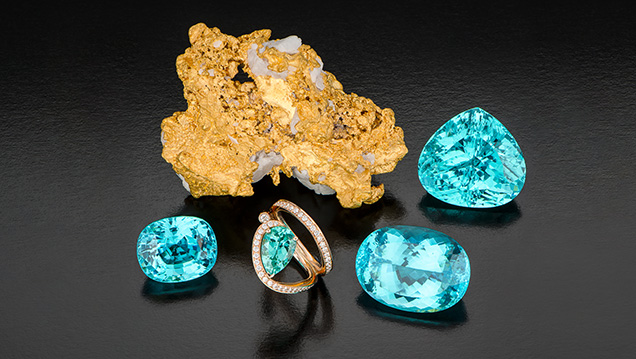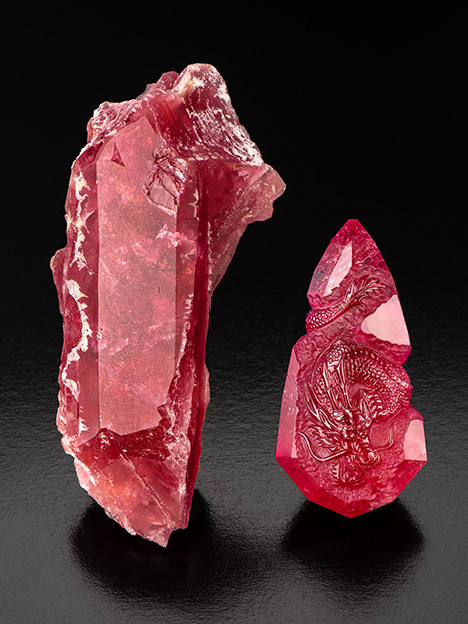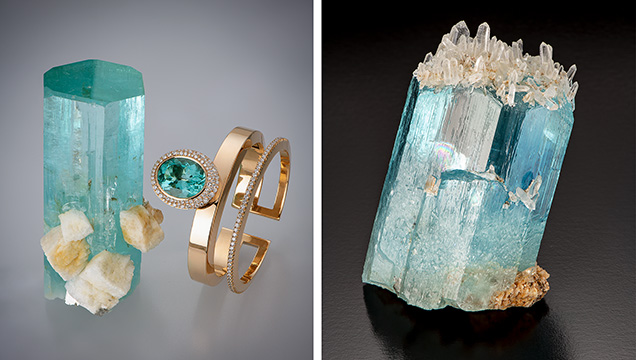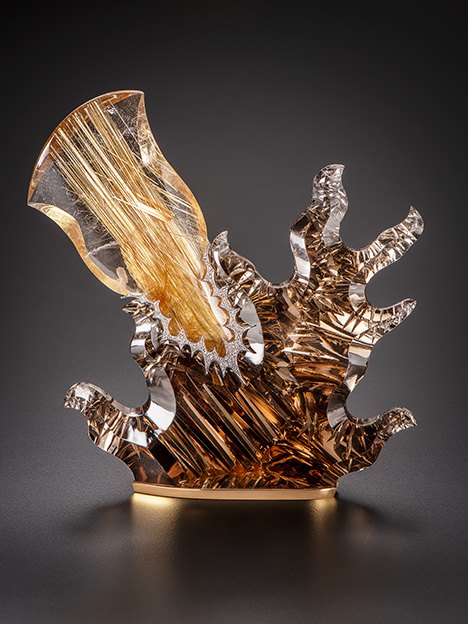The Granada Gallery

Housed in a 1908 vintage Arts and Crafts building on Granada Avenue in Tucson, the Granada Gallery is replete with what its owners call “items of geologic relevance,” or rare mineral and fossil specimens. These are carefully lit and displayed to accentuate their beauty and often combined with faceted and carved gem materials, one-of-a-kind objets d’art, and finished jewelry. For the visitor, this earth-to-jewel experience accentuates the jewelry industry’s rich history.
“We want to further an exchange of ideas between artists, scientists, curators, and collectors,” explained Rüdiger Pohl, who owns and curates the traveling gallery along with Alison Magovern. The gallery’s Tucson space has been open during the gem and mineral shows since 2013.


The Granada Gallery collaborates with global artists and collectors, “sparked by happy coincidences, shared visions, and the passion for creating something unique,” the owners said. This year’s exhibit included a collection of Paraíba-type tourmalines from Mozambique (figure 1) and a stunning dragon—carved from the rare mineral pezzottaite, found in a single deposit in Madagascar—by Patrick Dreher (figure 2). Pakistani aquamarine was on display in rough and mounted forms (figure 3). And a year-long collaboration with the Kreis family of Idar-Oberstein, Germany, resulted in their “Chanting of the Stars” piece (figure 4).




